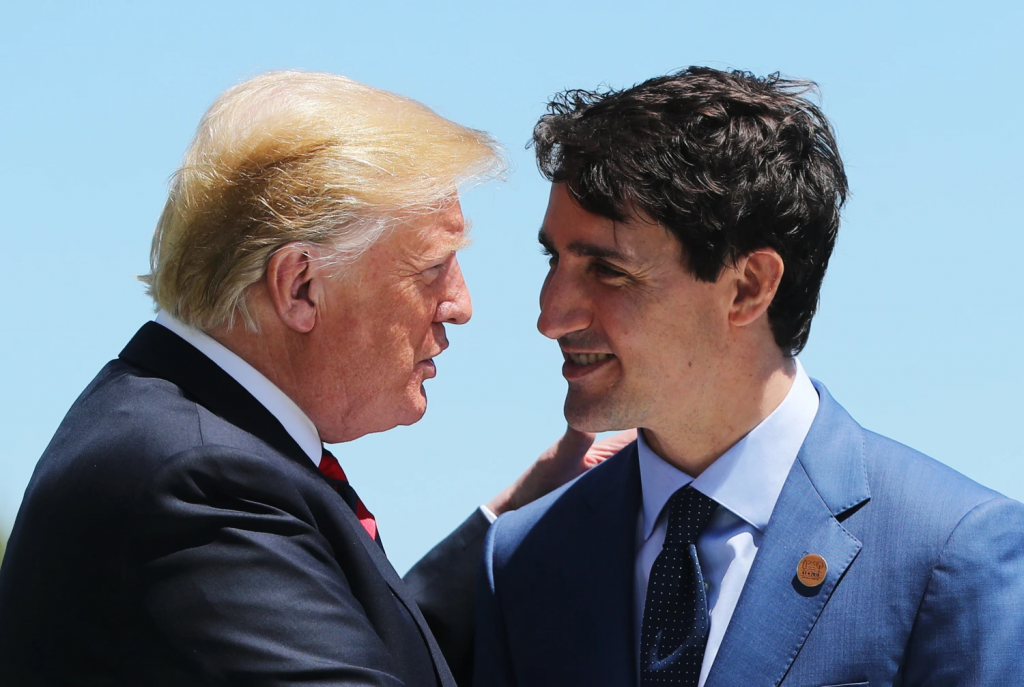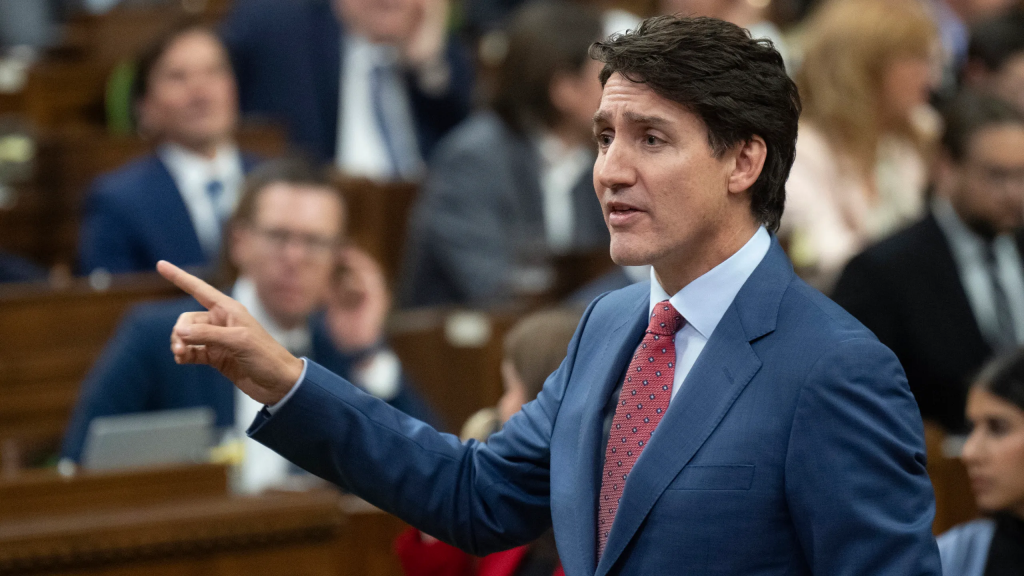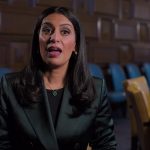At the dawn of 2025, Justin Trudeau, Canada’s 23rd Prime Minister, stands at a pivotal crossroads. His leadership of the Liberal Party and the country has been marked by significant policy initiatives, international advocacy, and more recently, a series of political trials that have tested his resilience and public support.
From Trudeaumania to Political Turmoil

Trudeau’s ascent to power in 2015 was heralded by a wave of optimism, drawing parallels to the “Trudeaumania” that followed his father, Pierre Elliott Trudeau. His first term was characterized by progressive policies, including the legalization of cannabis, a focus on climate change with a carbon tax, and efforts towards reconciliation with Indigenous peoples. However, the political landscape has since shifted, with Trudeau facing a cocktail of domestic and international challenges.
Economic and Political Challenges

2024 has been particularly turbulent for Trudeau. Economic pressures, including rising housing costs and immigration policies, have led to significant public and political scrutiny. The departure of key ministers like Chrystia Freeland, amid disagreements on how to respond to potential U.S. tariffs under a Donald Trump presidency, has underscored divisions within his government. Trudeau’s response has been to emphasize a “Team Canada” approach, attempting to unify the country’s stance in international negotiations, particularly with the United States, Canada’s largest trading partner.
The Liberal Party’s support has plummeted to historic lows, with polls suggesting a potential landslide defeat in the next federal election. Trudeau’s personal approval ratings have similarly decreased, with public sentiment often vocalized through confrontational encounters, as seen in recent social media posts. Despite these challenges, Trudeau has remained defiant, signaling no immediate intent to step down, positioning himself as the necessary bulwark against the policies of Conservative leader Pierre Poilievre.
International Stance and Advocacy

On the global stage, Trudeau continues to advocate for climate action, gender equality, and support for Ukraine amidst its ongoing conflict with Russia. His recent conversation with Ukrainian President Volodymyr Zelenskyy reaffirms Canada’s commitment to these causes. However, his engagements, like the surprise visit to meet Donald Trump at Mar-a-Lago, have sparked debate about Canada’s strategy in dealing with potential U.S. trade policies.
A Cabinet Shake-Up

In response to the political pressure, Trudeau has reshuffled his cabinet, bringing in new faces in an attempt to reinvigorate his government’s agenda. This move is seen as an effort to address both the public’s call for change and the internal dynamics of his party. However, whether this will be enough to reverse the tide of declining support remains to be seen.
The Road Ahead

As Canada gears up for the 2025 election, Trudeau’s leadership is under the microscope. Critics argue that his tenure has been marked by too many scandals and policy missteps, while supporters commend his social policies and international diplomacy. The emergence of Reform UK in the UK, led by Nigel Farage, might also influence Canadian political discourse, given the parallels in populist movements across the Atlantic.
Trudeau’s challenge is not only to navigate these political waters but to reconnect with Canadians who feel disconnected from his leadership. His legacy is at a turning point, where decisions made now will define not just his remaining term but potentially his place in Canadian history.
Public Sentiment and Political Speculation

Public discourse on platforms like X reflects a polarized view of Trudeau. While some laud his progressive policies, others criticize his handling of the economy and public trust issues. There’s also speculation about his future, with some suggesting he might resign to make way for a new leader, though Trudeau has made no such announcement, focusing instead on his duties and the upcoming election.
Conclusion
Justin Trudeau’s journey from a charismatic leader to one facing significant political headwinds is a narrative of modern Canadian politics. As we move into 2025, how he manages these challenges will determine not just the fate of his party but the direction of Canada’s political landscape.




